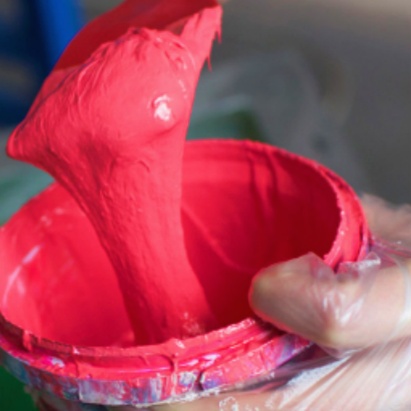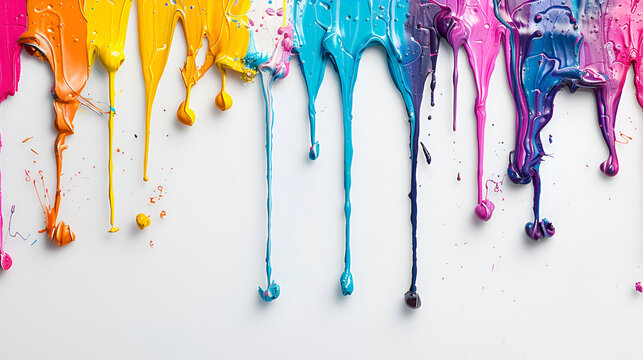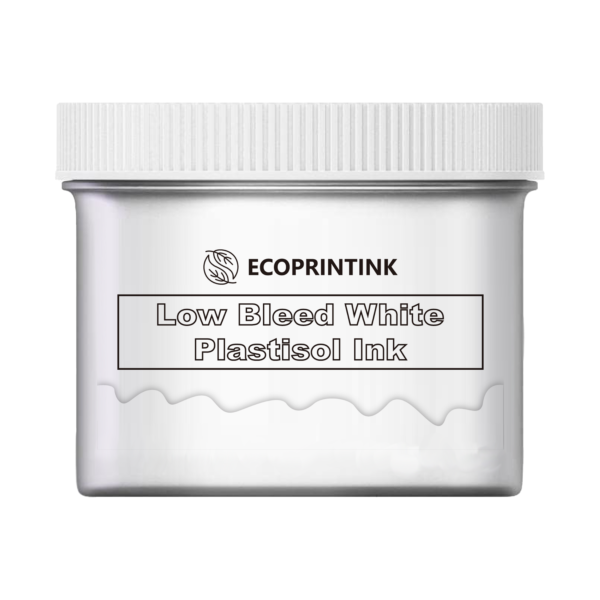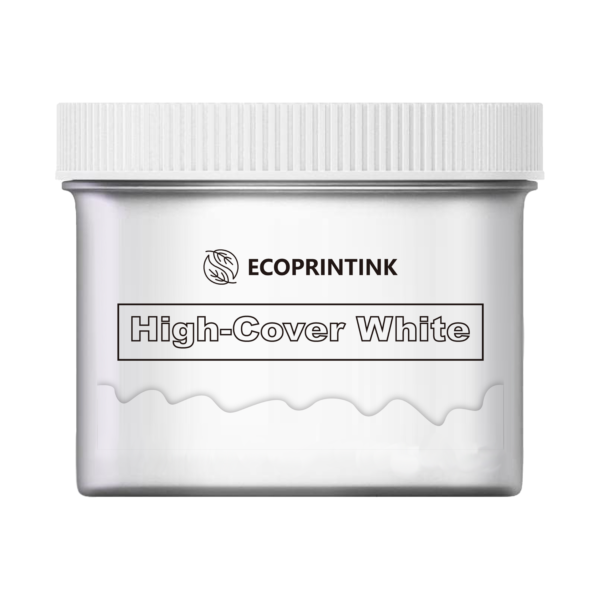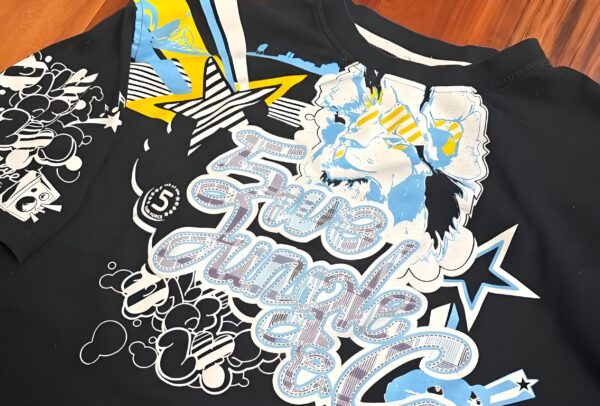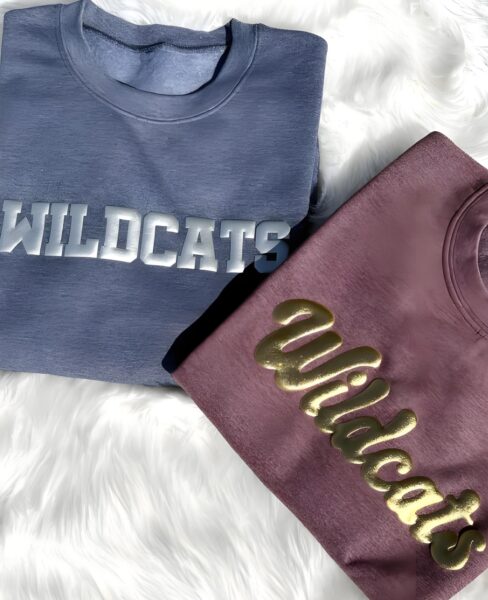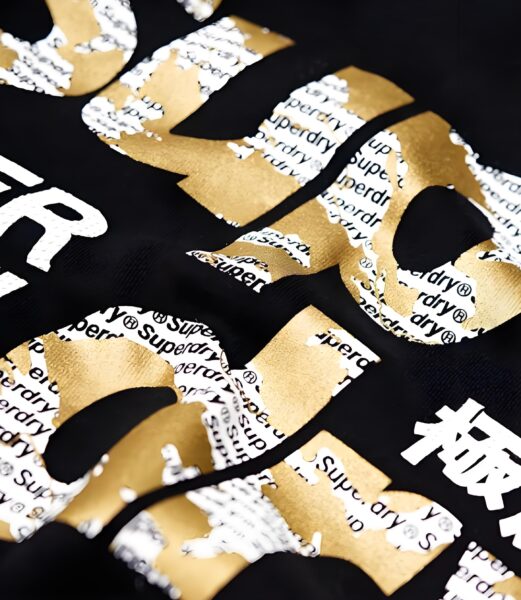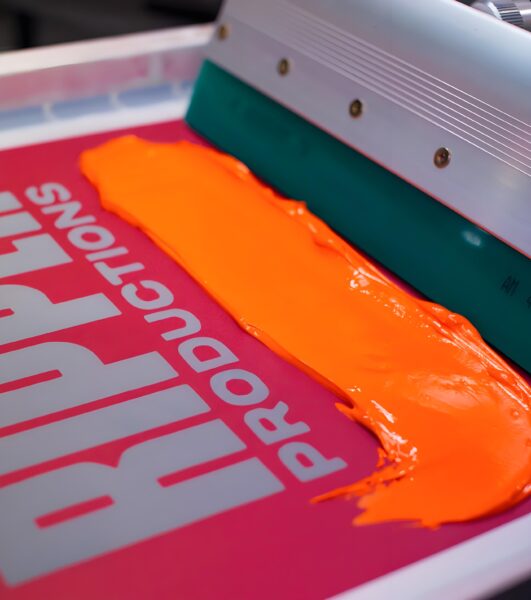Unlock the secrets of ink plastisol—its powerful curing process, advantages, durability, and how to achieve perfect prints every time.
1. Ink Plastisol Explained: The Perfect Foundation for Bold Prints
La tinta plastisol is the perfect choice for screen printing when you want vibrant, durable, and long-lasting prints. Made from PVC (polyvinyl chloride) particles suspended in a plasticizer, plastisol ink offers a thick, opaque finish that sits on top of the fabric. This allows for bold, eye-catching designs that don’t fade easily.
A diferencia de las tintas a base de agua, la tinta plastisol doesn’t dry out unless exposed to heat, making it a powerful tool for printing without the risk of ink drying prematurely on the screen. Whether you’re printing on light or dark fabrics, plastisol ink delivers the bold, vibrant results that make your designs stand out.
2. Perfect Curing: How Long Should You Cure Ink Plastisol for Ideal Results?
Achieving the perfect print isn’t just about the design—it’s about proper curing. La tinta plastisol needs to be cured at a temperature of around 320°F (160°C) to bond effectively with the fabric and ensure the print stays intact for years to come. The curing process typically takes 1-3 minutes, but the exact time can depend on factors like the thickness of the ink layer and the type of fabric.
When cured correctly, la tinta plastisol forms a strong, durable bond with the fabric, creating a long-lasting print that resists fading, cracking, or peeling. Ensure even heat distribution across the entire print to avoid uneven curing, which could affect the quality of the final product.
3. Tinta Plastisol vs. Water-Based Ink: Which Is the More Powerful Choice?
The debate between la tinta plastisol and water-based ink comes down to durability and performance. Both have their merits, but when it comes to achieving a powerful, long-lasting print, plastisol often takes the lead.
Why Ink Plastisol Reigns Supreme:
- Durabilidad: La tinta plastisol creates prints that last longer, even after multiple washes. The ink doesn’t fade, crack, or peel, ensuring that your design stays perfect for years.
- Vibrant Colors: Plastisol ink delivers rich, bold colors that stand out, even on dark fabrics, making it ideal for designs that need to pop.
- No Drying Time: Plastisol ink doesn’t dry out on the screen, giving you the flexibility to work at your own pace without worrying about the ink setting prematurely.
Why Water-Based Ink Might Be a Good Option:
- Eco-friendly: Water-based ink is biodegradable and doesn’t contain PVC, which is better for the environment.
- Softer Feel: Water-based ink absorbs into the fabric, creating a softer, more breathable finish.
- Less Durable: Unfortunately, water-based inks aren’t as durable as plastisol and may fade or wash out more quickly.
If you’re looking for powerful, long-lasting results, la tinta plastisol is the better choice for creating durable prints that retain their quality over time.

4. Can You Leave Ink Plastisol on the Screen? Tips for Perfect Ink Storage
One of the powerful advantages of la tinta plastisol is its ability to stay on the screen without drying out, giving you the flexibility to pause between printing sessions without worrying about ink wasting or clogging your screen.
However, it’s important to manage your ink properly to maintain its perfect consistency. If left for extended periods—especially in warmer environments—plastrisol ink may thicken. If this happens, you may need to use a reducer to bring it back to the right texture. Additionally, it’s essential to clean your screen and tools after use to prevent dried ink from becoming difficult to remove.
5. Over-Curing Ink Plastisol: How to Avoid Common Mistakes for a Perfect Print
Achieving the perfect print with la tinta plastisol requires proper curing. However, over-curing can result in brittleness, cracking, or a stiff finish. If the ink is exposed to too much heat or cured for too long, the print loses its flexibility, making it less comfortable and durable.
To avoid this, always monitor the curing process carefully. Stick to the recommended temperature of 320°F (160°C) and keep the curing time between 1-3 minutes. Using tools like a heat gun or infrared thermometer can help you ensure that your la tinta plastisol is cured to perfection without any risk of over-curing.
6. How Many Washes Does Ink Plastisol Last? Durability That Stands the Test of Time
When it comes to durability, la tinta plastisol is the powerhouse of screen printing. Once properly cured, plastisol prints can withstand 50+ washes without showing signs of wear. This makes plastisol the go-to choice for high-wear garments like custom t-shirts, workwear, and promotional items.
To ensure your plastisol prints stay perfect, wash garments inside out and use cold water to preserve the design. Avoid using harsh detergents or high heat settings in the dryer, as these can damage the ink over time. With proper care, your la tinta plastisol prints will continue to shine wash after wash.
Conclusion: Why Ink Plastisol Is the Key to Perfect, Long-Lasting Prints
9. Conclusión: Eligiendo tu tinta especial perfecta is the secret ingredient for achieving powerful, long-lasting prints that stand the test of time. Its durability, vibrant color, and versatility make it a go-to option for screen printers worldwide. Although it’s not as eco-friendly as water-based ink, the quality and longevity of tinta more than make up for this.
